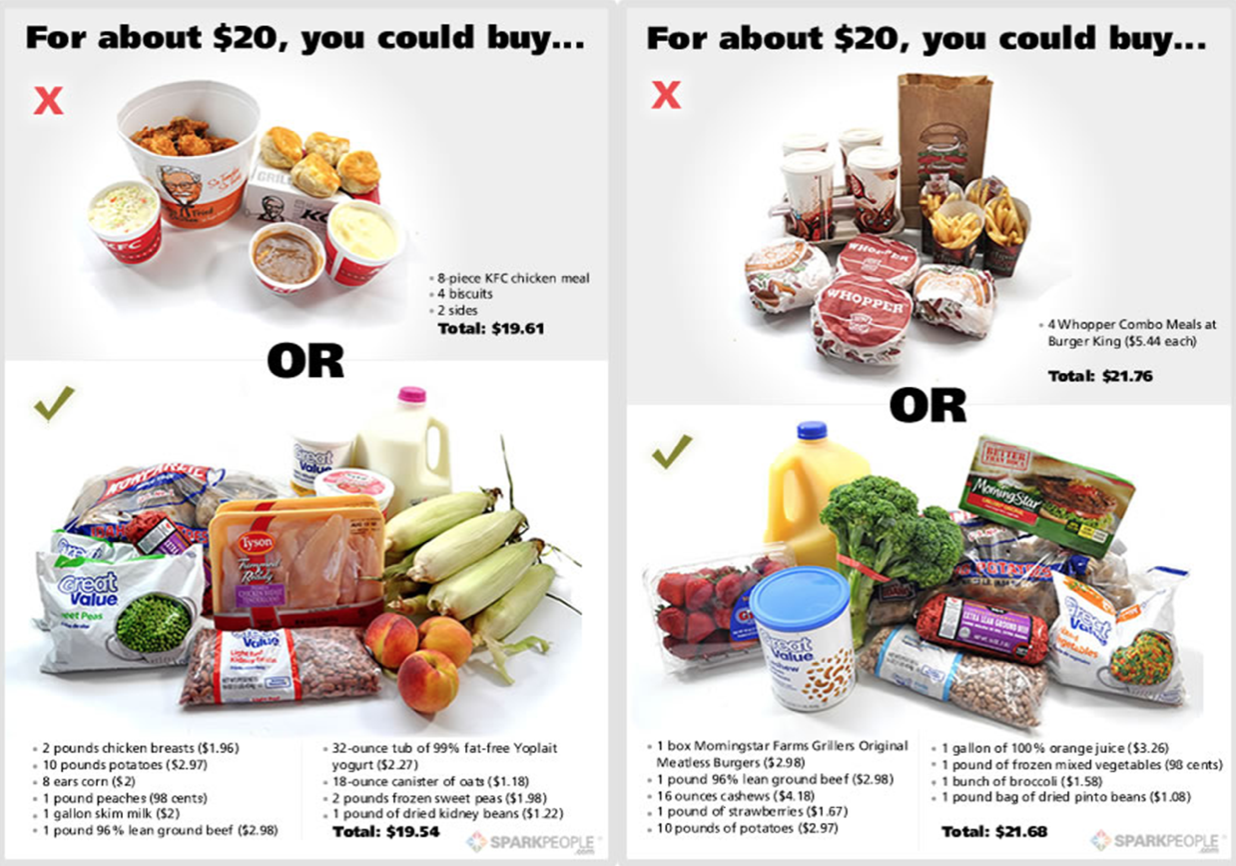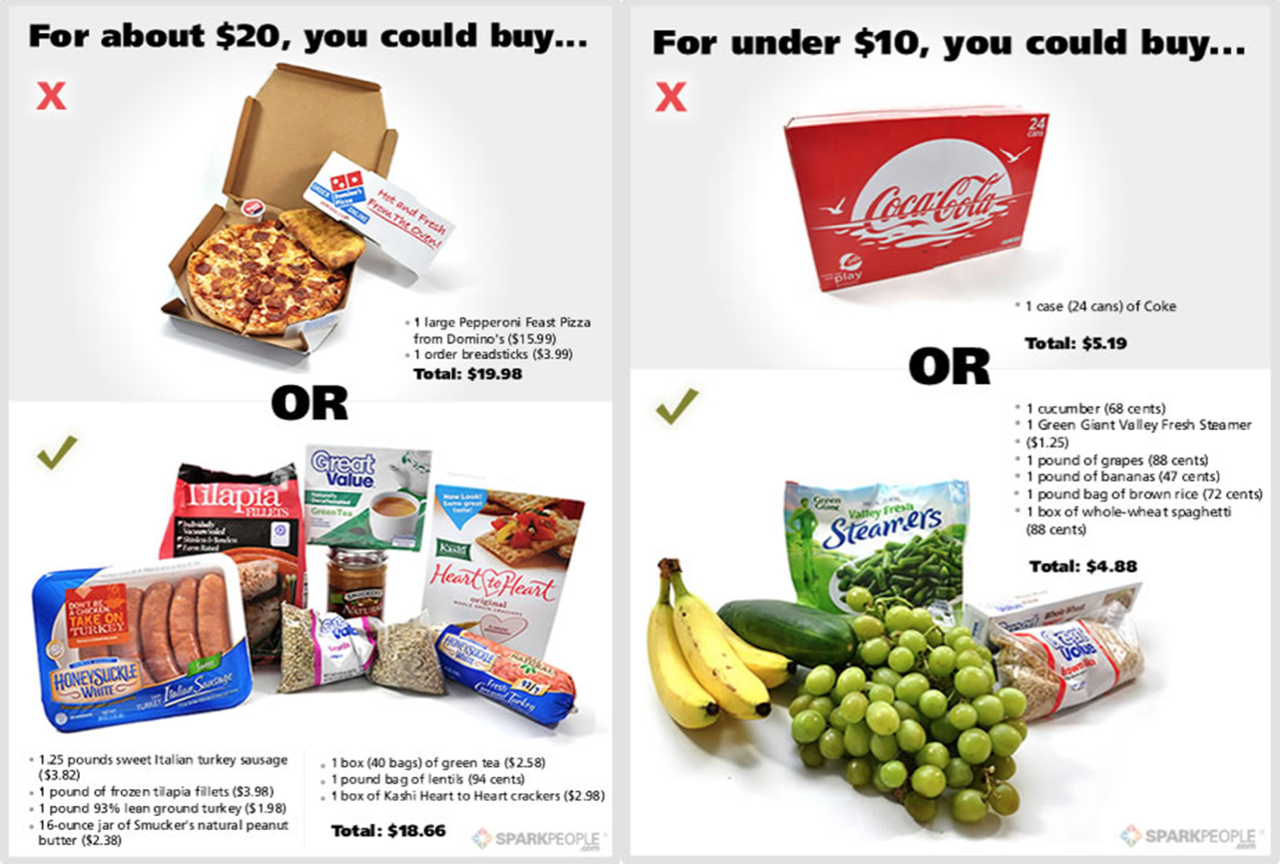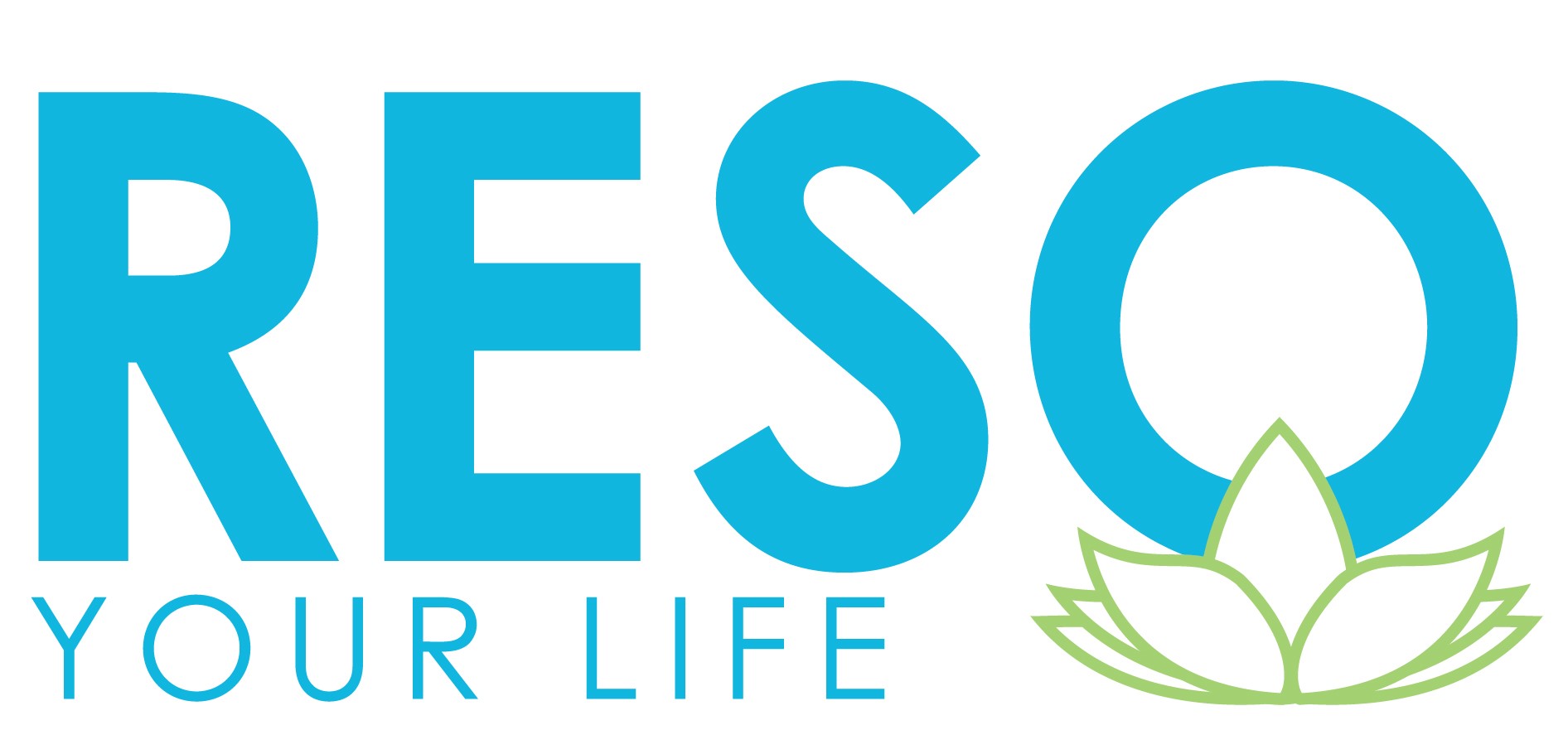Tips
Tip #1: Artificial Sweeteners
- What about Diet Drinks?
- People who regularly slurp artificial sweeteners are more likely to gain weight.
- The most touted explanation for this finding is that fake sweeteners increase cravings.
- Artificial sweeteners appear to disturb the body’s ability to count calories and, as a result, diet foods and drinks may wind up encouraging weight gain rather than weight loss.
- The brain cannot see the difference between sugar and artificial sweeteners.
- These fake sweeteners are 300 times sweeter than normal sugar.
Tip #2: Don’t Overeat Proteins
- Protein is the new King!
- Diet books tell you that you can lose weight by eating more meat, fish, soy, or black beans.
- They say more protein keeps you metabolically fit.
- Eating enough protein-rich foods of low energy density is a good strategy for increasing satiety.
- But eating more protein than your body needs
- is not going to boost your metabolism,
- build more muscle,
- or make you thinner,
- but will make you gain weight.
Tip #3: Junk Food is Expensive
- A study found that the average total cost for the healthy-food-diet model was $5,019 per year. The average cost of the convenient-food-diet model was more than twice that of the healthy-food-model, at $10,298 per year.
- The average daily cost of the healthy diet was $7.48, while the fast food diet averaged $15.30 per day.
- When three meals per day per person were purchased from fast-food restaurants, the total cost was $87 per week.
- In contrast, by purchasing all whole ingredients from grocery stores, the estimated cost for three meals per day, per person came out to $43 per week.
USDA Study 2012-2015
The authors found that the metric used to measure the price of food items has a large effect on which foods are more expensive:
- Foods low in calories for a given weight appear to have a higher price when the price is measured per calorie.
- For example, vegetables and fruits, which are low in calories, tend to be a relatively expensive way to purchase food energy.
- Conversely, less healthy foods (called “moderation foods” in this report)-especially those high in saturated fat and added sugar-tend to be high in calories and to have a low price per calorie.
- When measured on the basis of edible weight or average portion size, grains, vegetables, fruit, and dairy foods are less expensive than most protein foods and foods high in saturated fat, added sugars, and/or sodium.
- In following the food group recommendations at ChooseMyPlate.gov, it is less costly to meet the grains, dairy, and fruit recommendations than those for vegetables or protein foods.


